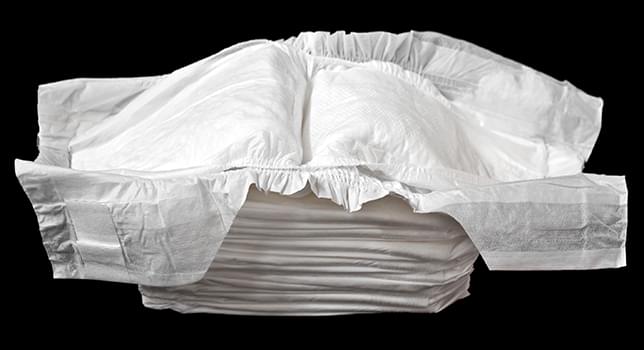Market Report
The Future of Hygiene Components to 2022

The value of the global hygiene components end-use market in 2017 is estimated at $76.5 billion, growing to $92.5 billion in 2022. Annual growth rate is projected at 3.9%. The number of finished products using hygiene components is estimated at 532.4 billion in 2017 and are projected to grow to 656.2 billion by 2022
Smithers market report The Future of Hygiene Components to 2022 projects an annual growth rate is 4.3%. This is the number of units of finished products (for example, diapers, feminine hygiene pads) rather than the number of components since each finished product may contain multiple hygiene components.
The global hygiene components market is the single largest market for nonwovens, and is also a large market for film and tissue. Many hygiene products, like baby diapers and feminine hygiene products, become necessities once introduced but they must evolve. Lower cost, higher performance and increased sustainability are all global issues that hygiene products and their components must address. The need for an evolved hygiene product drives the need for new and improved components.
The global hygiene components market consists of topsheet, acquisition/distribution layer (ADL), core wrap, absorbent core, backsheet film or cloth-like backsheet film/nonwoven, leg gathers and a few other small components.
Feminine hygiene pads is the leading segment for hygiene components in units in 2017, accounting for 56.4% of all units consumed. Baby diapers are next with 26.9% of all units consumed in 2017. A diaper unit weighs about six times more than a feminine hygiene pad (on average), so, on a weight basis, diapers are the leading segment. The biggest change between 2017 and 2022 is the increase in the adult incontinence share, reaching 10.0% by 2022.
The global hygiene components market is driven by demographics and consumer purchasing power with the key factor being the population of certain segments. For baby diapers/nappies the key factor is the infant population between 0–30 months old; for feminine hygiene it is females aged between 12 and 49; and for adult incontinence it is both adults aged around 65 and over and females aged between 40 and 65.
Demographics define the potential market for the hygiene components market. Consumer purchasing power determines whether a consumer can afford higher-performance modern hygiene components based on nonwovens.
"Purchasing power is a challenging factor in 2017; those same emerging market regions that have high demographic potential for hygiene components are experiencing unusually slow economic growth. China, Brazil and Russia are all going through their slowest GDP growth rates in decades. While the Eurozone as a whole seems to be recovering from recession, many member countries and regions are not benefiting. These factors point to slower growth for hygiene components globally in 2017, but all data appears to point to improvements in global economic growth by 2022, which should deliver moderate growth for the 2017–22 period."